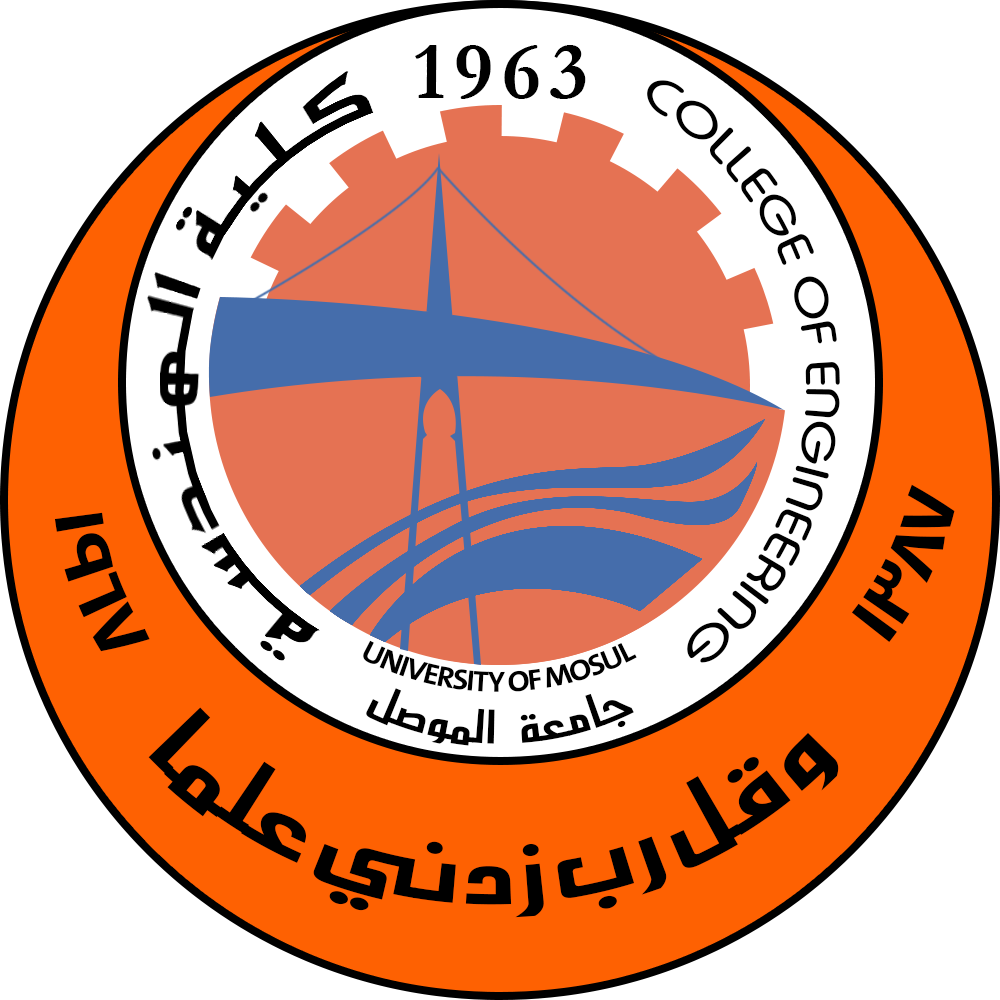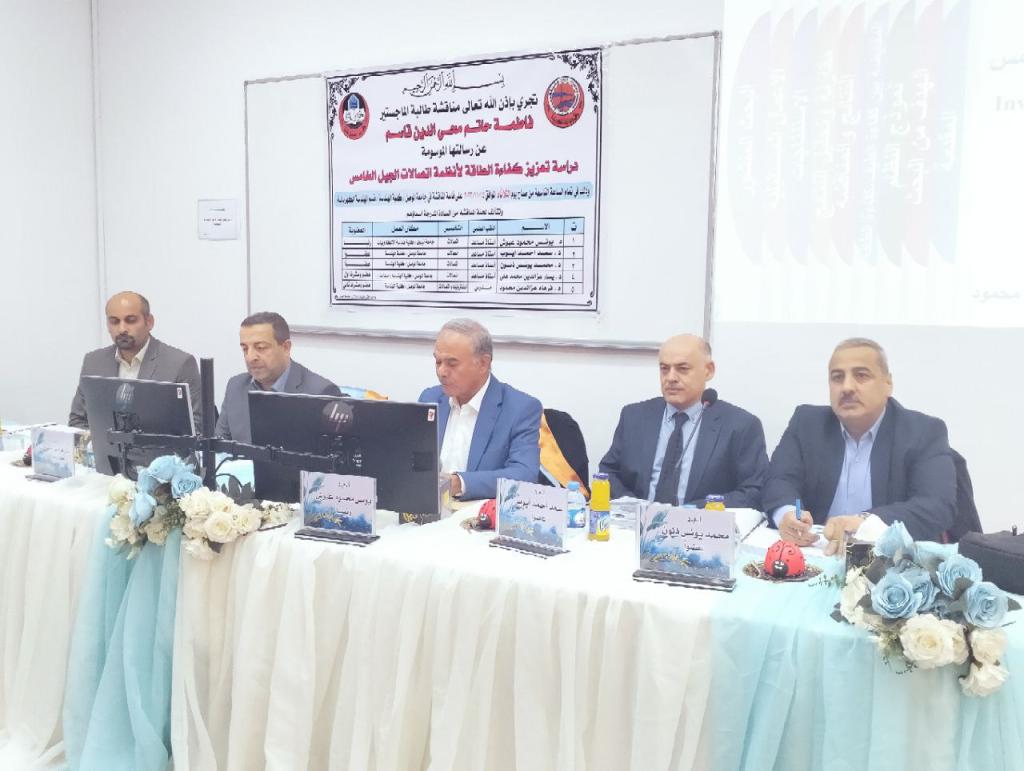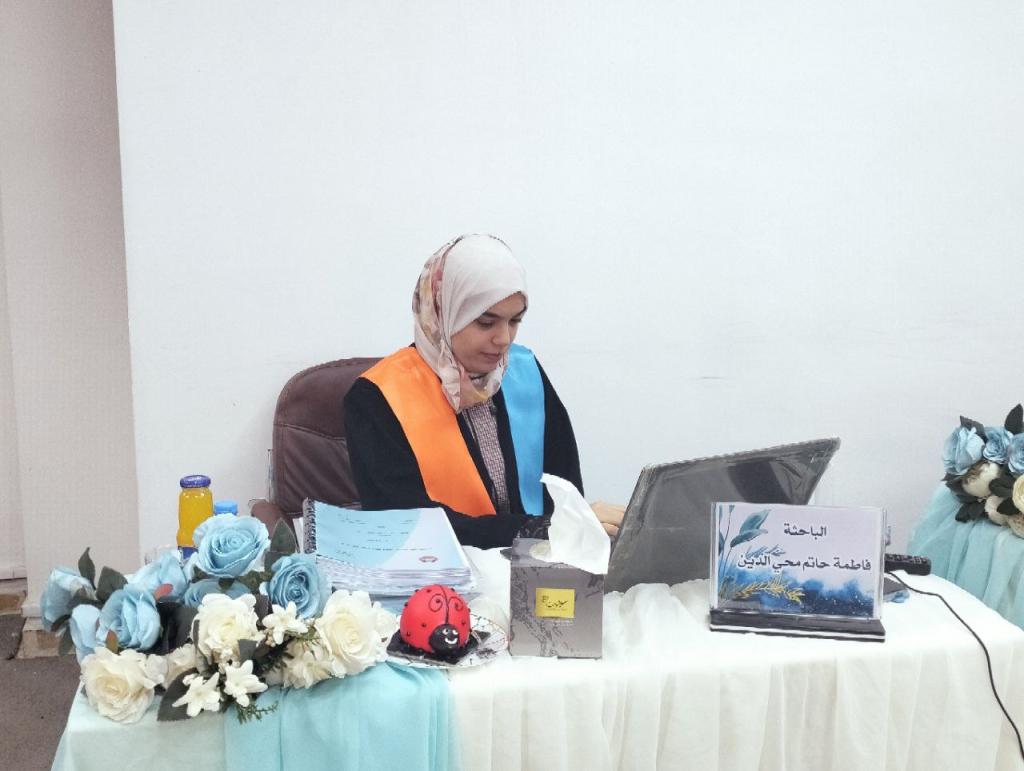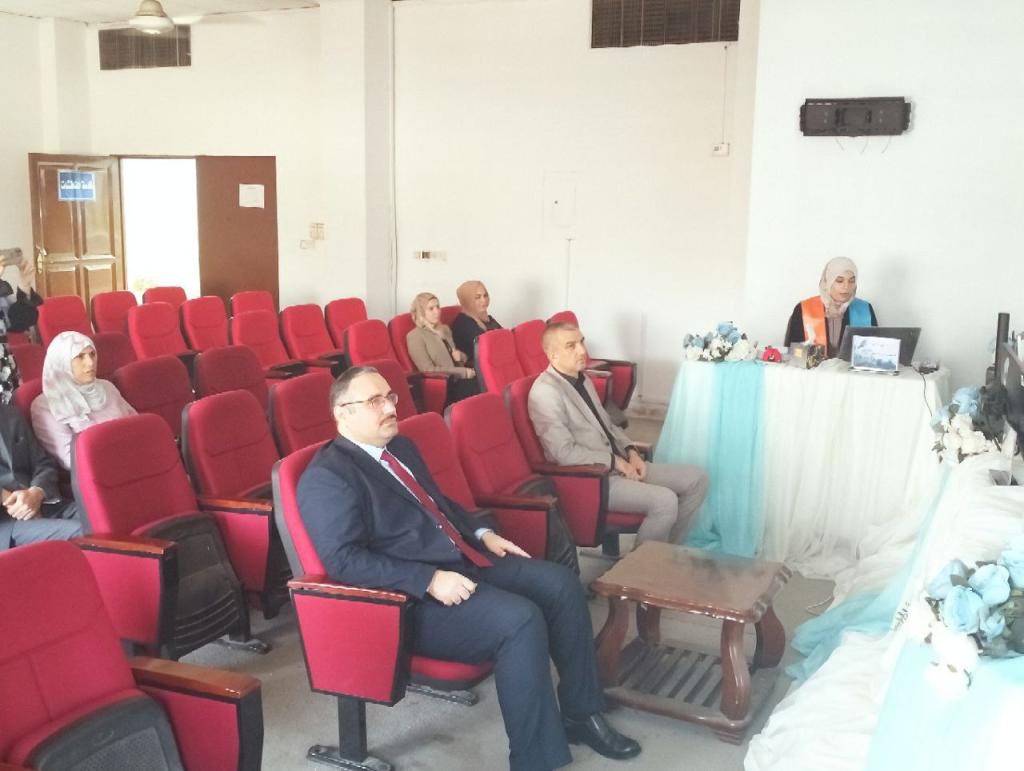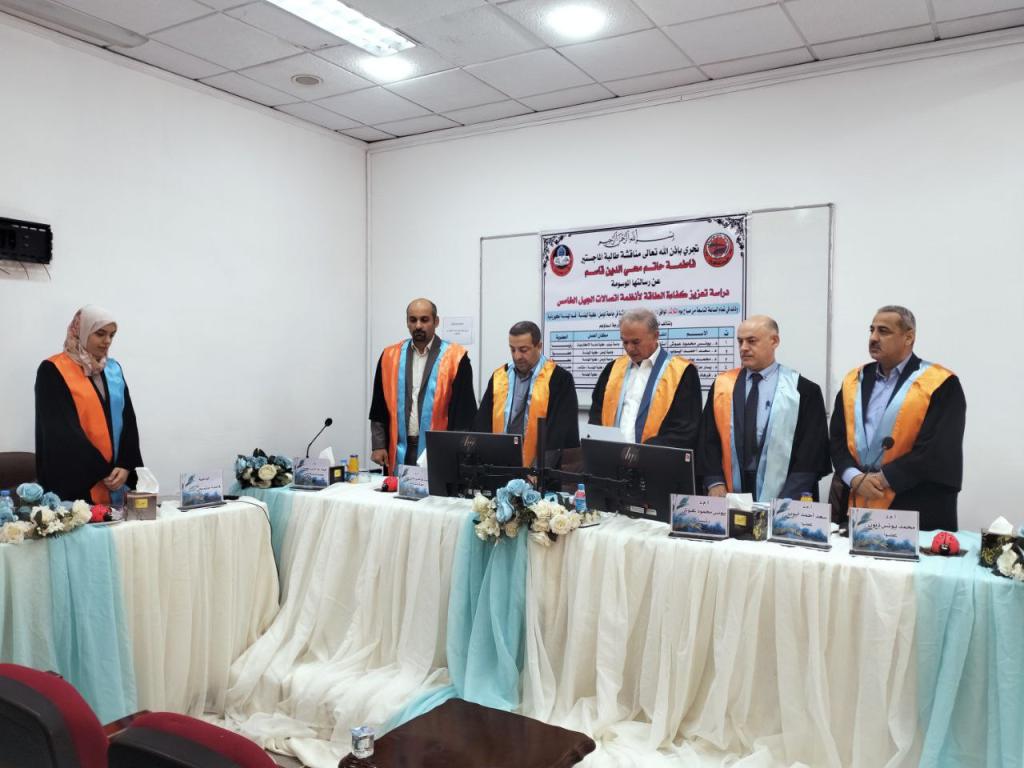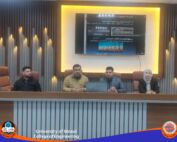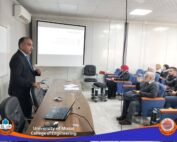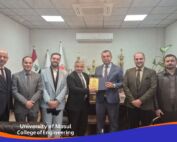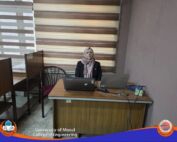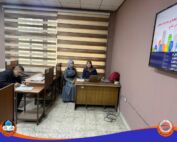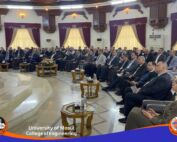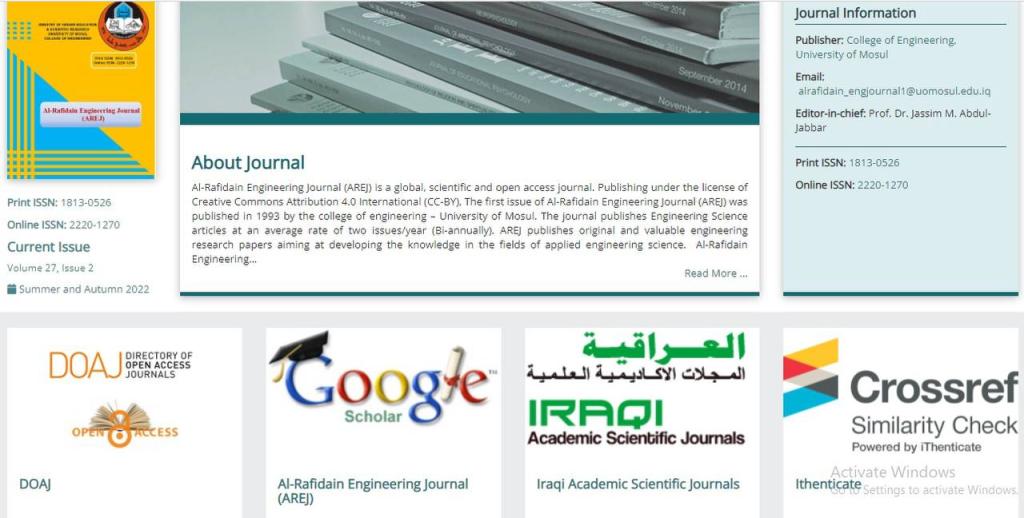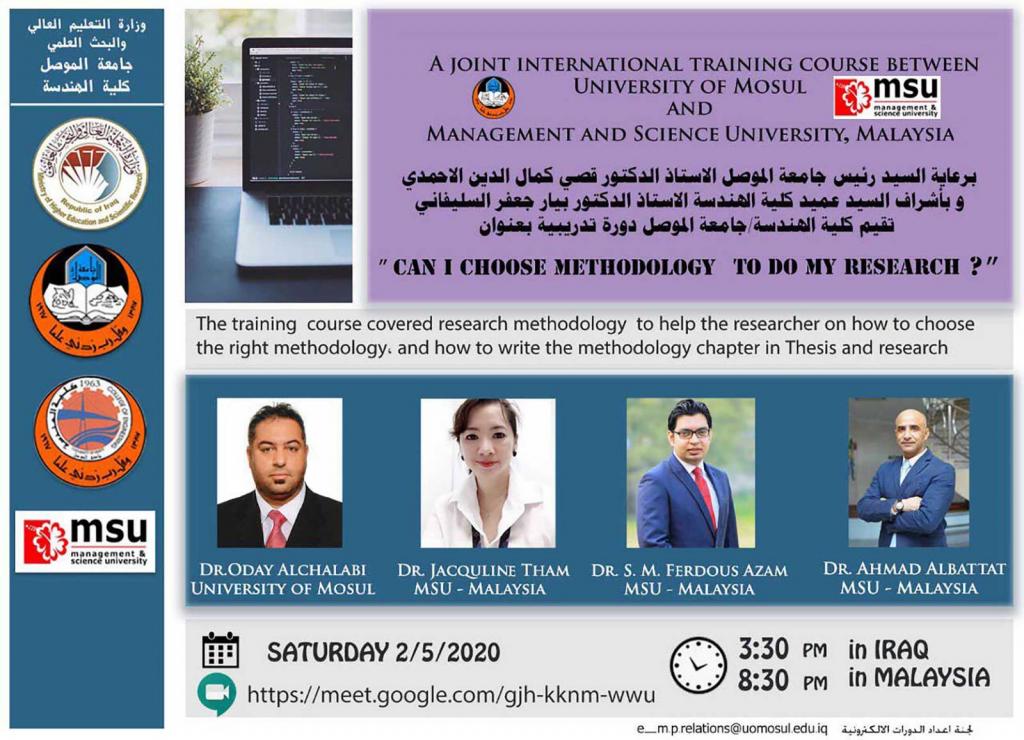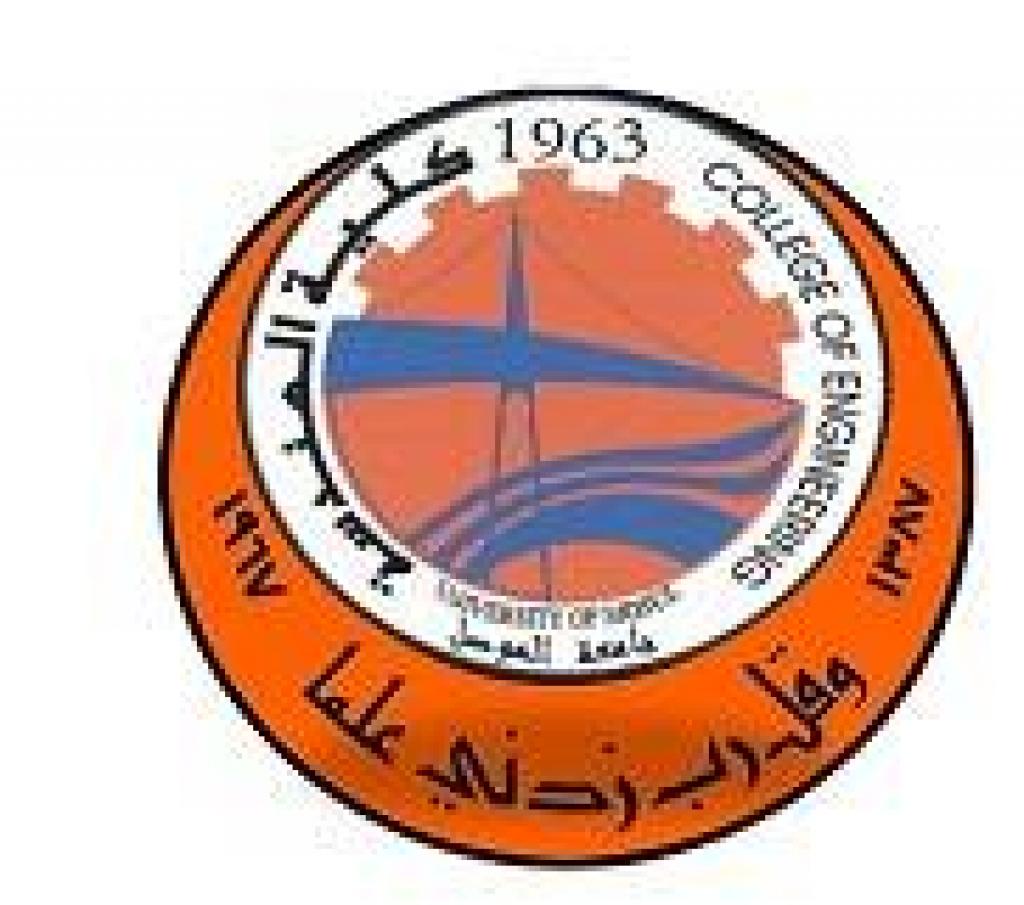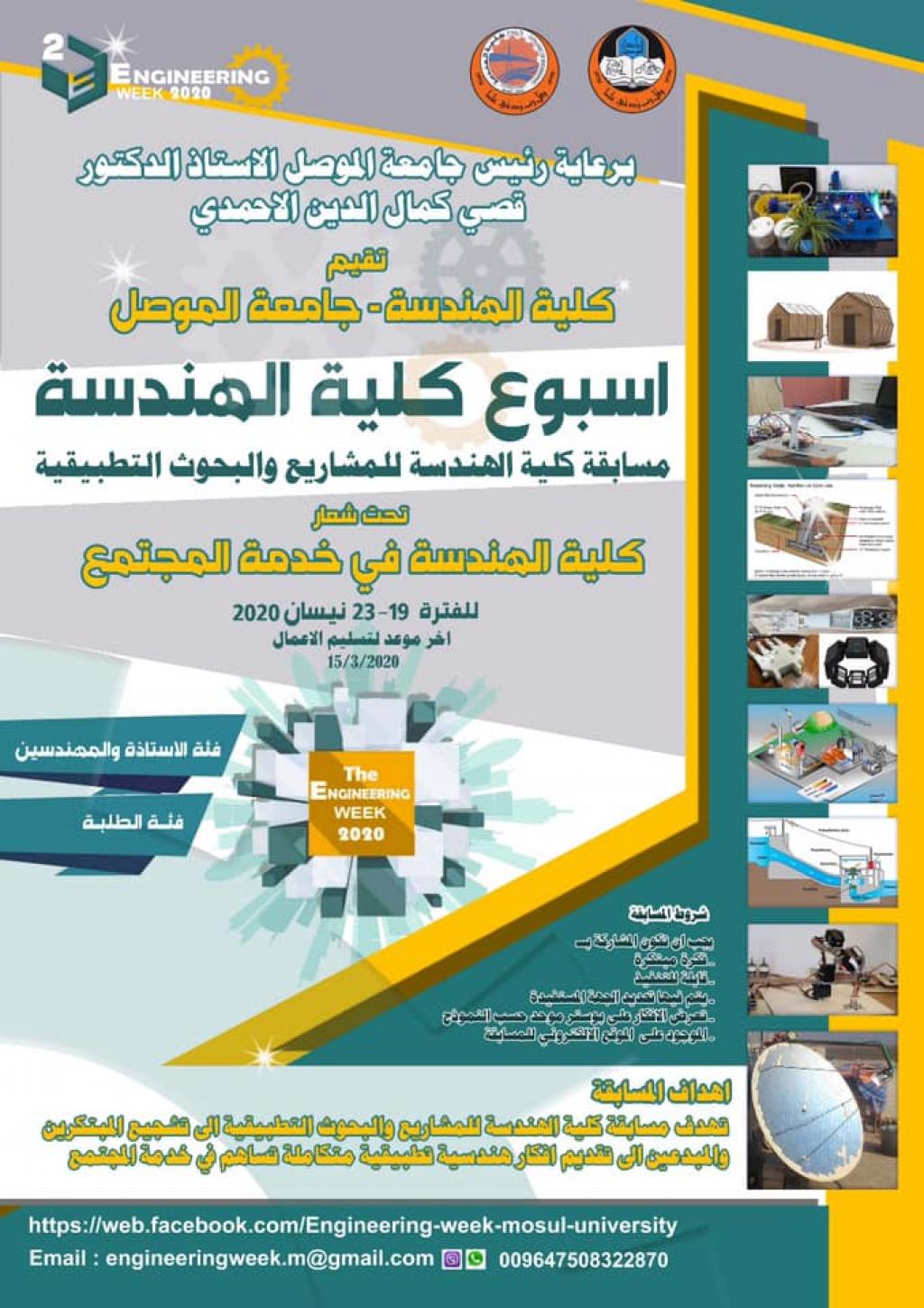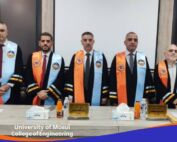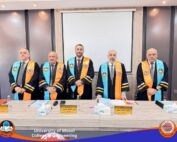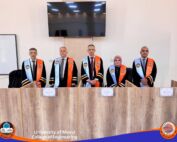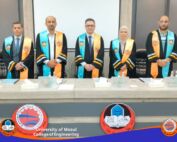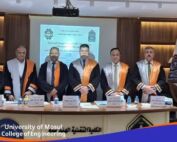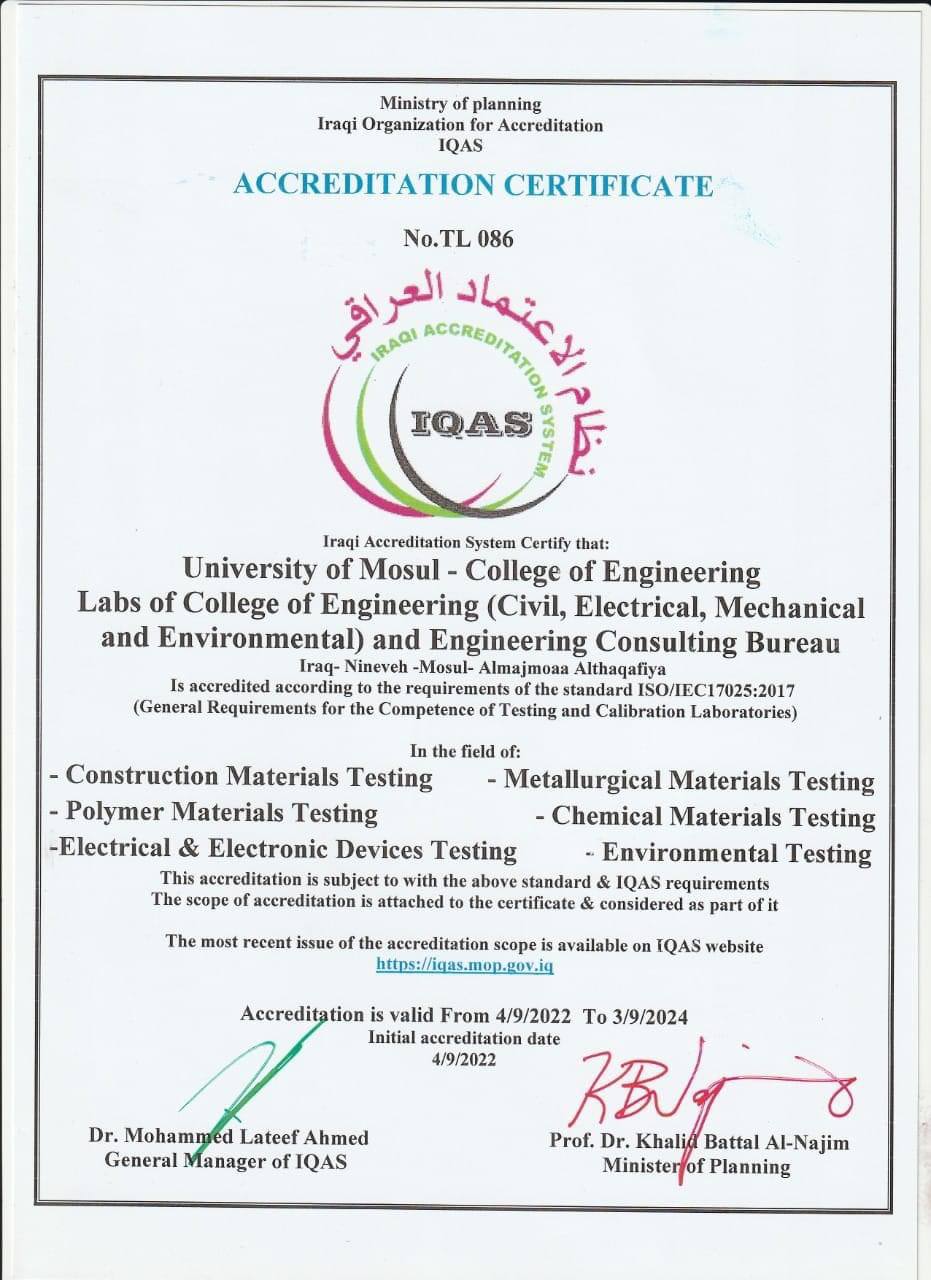15 November، 2022
Master Thesis on “Investigation of Energy Efficiency Enhancement for 5G Communication Systems”
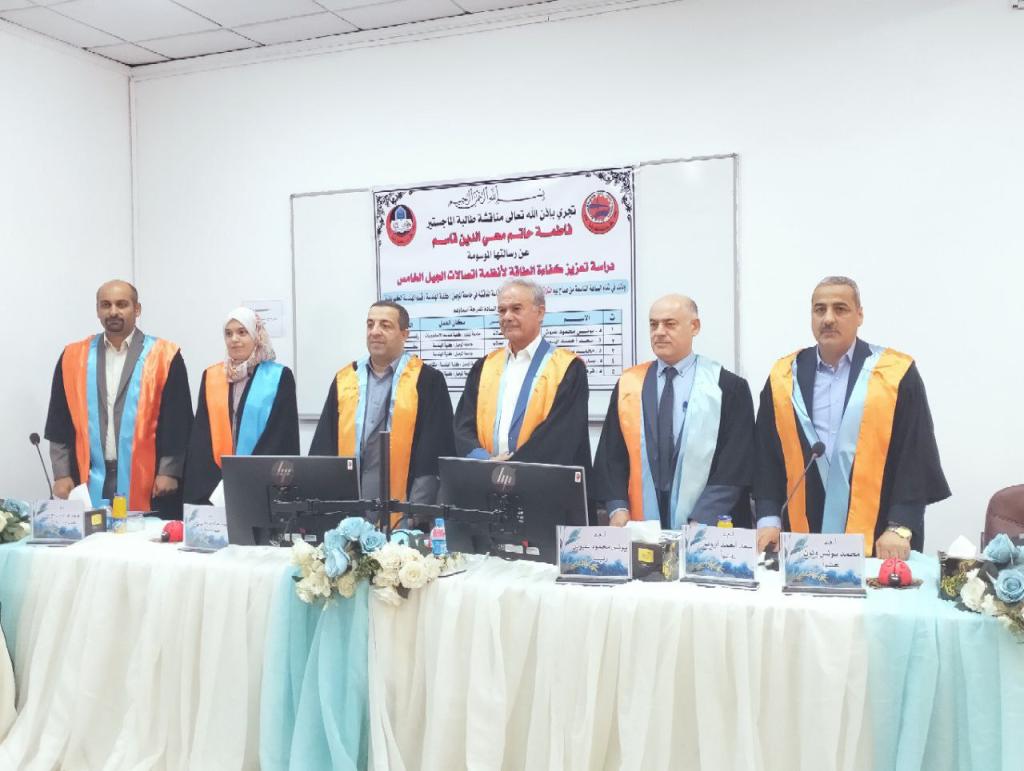
A Master thesis was discussed in Department of Electrical Engineering / College of Engineering at University of Mosul entitled “Investigation of Energy Efficiency Enhancement for 5G Communication Systems” submitted by (Fatimah Hatem Mohialdeen Qasim), Supervised By Assist. Prof. Yessar Ezzaldeen Mohammed Ali as First Supervisor and Dr. Farhad Ezzaldeen Mahmood as Second Supervisor. On Tuesday , Nov. 15, 2022.
The study focused on analyzing and enhancing EE using the massive multiple input-multiple output (M-MIMO) technology for the uplink (UL) once and using non-orthogonal multiple access (NOMA) technology for the downlink (DL) again, the purpose of this study is to look at how to achieve enhanced EE.The EE was modeled using MATLAB, a study was conducted to trade-off between spectral efficiency and energy efficiency (SE-EE) in terms of the number of base Station (BS) antennas under several circuit power (CP) cases, in terms of fixed power, in terms of bandwidth, and in terms of average channel gain from the user equipment (UE) in cell zero to the BS it serves, in terms of noise power, and in terms of power amplifier efficiency under several CP states assuming perfect channel state information (CSI) in terms of both the sending and receiving ends, the number of user equipments (UEs), the ratio of the number of antennas BS to the number of UEs, as well as the study of the impact of imperfect CSI on EE.The results obtained from the simulation showed that there are many parameters that can enhance the trade-off curve between SE-EE, such as increasing the number of BS antennas using the M-MIMO technology, increasing the number of antennas BS is a simple solution to increase the EE before increasing the CP. Increasing the number of antennas also reduces the effect of having Imperfect CSI. The results also show that increasing the number of antennas relative to the number of users from (4) to (10) does not increase the EE, however the spectral efficiency (SE) increases by (55%).
